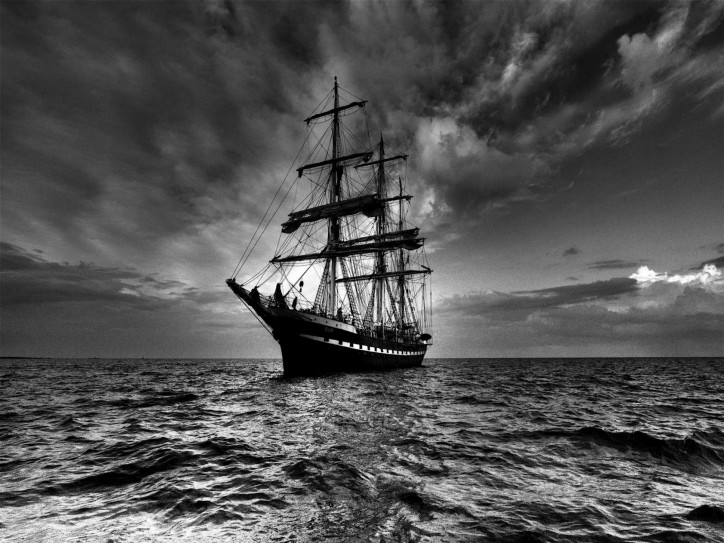On the same date, 143 years ago, on December 4, 1872, a ship was sighted adrift midway between the Azores and the coast of Portugal. She was spotted by the British brigantine Dei Gratia. Captain David Morehouse, saw that the unguided vessel was Mary Celeste . He was surprised as just eight days earlier, it had sailed out of New York and should have arrived at its destination in Genoa, Italy. He changed course to help.

Setting sail
Benjamin Briggs was the captain of the Mary Celeste and he had also bought shares in the ship. He was a highly respected man in his profession. On board with him was his wife Sarah and their two-year-old daughter Sophia. For this voyage, Briggs chose his crew with care. There were seven of them in all. A later testimonial described them all as “peaceable and first class sailors”.
Mary Celeste sailed out of New York on November 7.
On December 4, when Dei Gratia sighted the Mary Celeste, Captain Morehouse suspected something was wrong. He saw no one on deck and received no replies to his signals. When his crew went in to investigate, they found the ship deserted.
The 282-ton brigantine battled heavy weather for two weeks to reach the Azores, where the ship log’s last entry was recorded at 8 a.m. on November 25. Nine days earlier. It recorded its position as being nearly 400 nautical miles from where Dei Gratia encountered her.
The crewmen found in Brigg’s cabin, personal items scattered about, and most of the ship’s papers, together with the captain’s navigational instruments were missing. Galley equipment had been neatly stowed away. There was no obvious signs of fire or violence. The missing lifeboat provided evidence of orderly departure. The belongings of the crew were intact. The ship’s lifeboat was missing and one of its two pumps had been disassembled. There was water sloshing at the ship’s bottom. The cargo was untouched and there was a six-month supply of food and water.
Morehouse, divided Dei Gratia’s crew of eight between the two ships and they set sail for Gibraltar. Immediately, Mary Celeste was impounded by the vice admiralty court in preparation to salvage hearings. After prolonged hearings, the court could find nothing to keep the ship impounded and had to release her.
Two weeks later, with a locally raised crew, headed by Captain George Blatchford from Massachusetts, she left Gibraltar for Genoa.
The Mary Celeste has given rise to many myths and legends. It continues to be one of the greatest mysteries of all times.
The most memorable retelling of the tale would, perhaps be from the master storyteller Arthur Conan Doyle in his short story titled J. Habakuk Jephson’s Statement .
The mystery of this "ghost ship" remains still unanswered. But new evidence may help solve this mystery of the high seas. You can learn and see more about Mary Celeste Mystery in this episode of Smithsonian Channel:
Source: thehindu.com